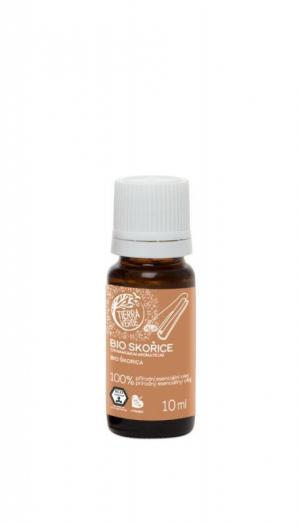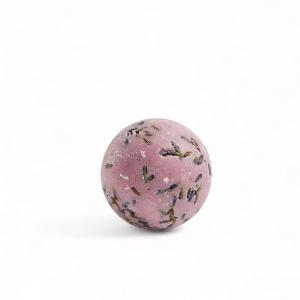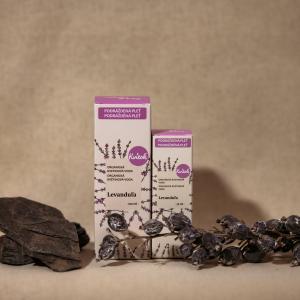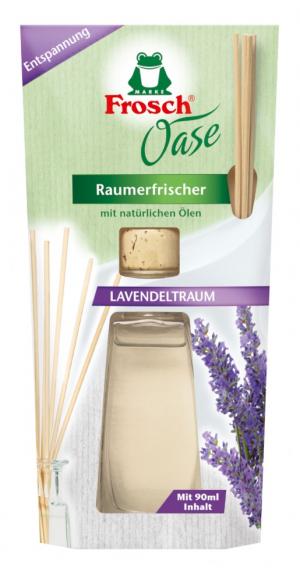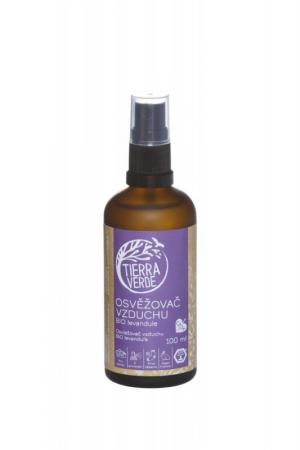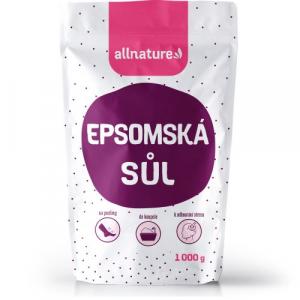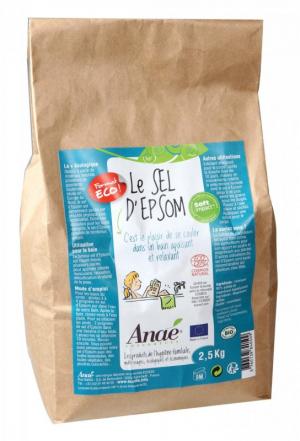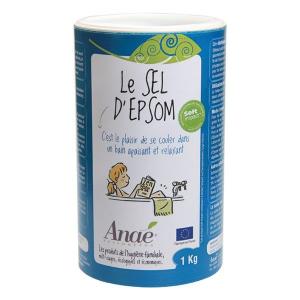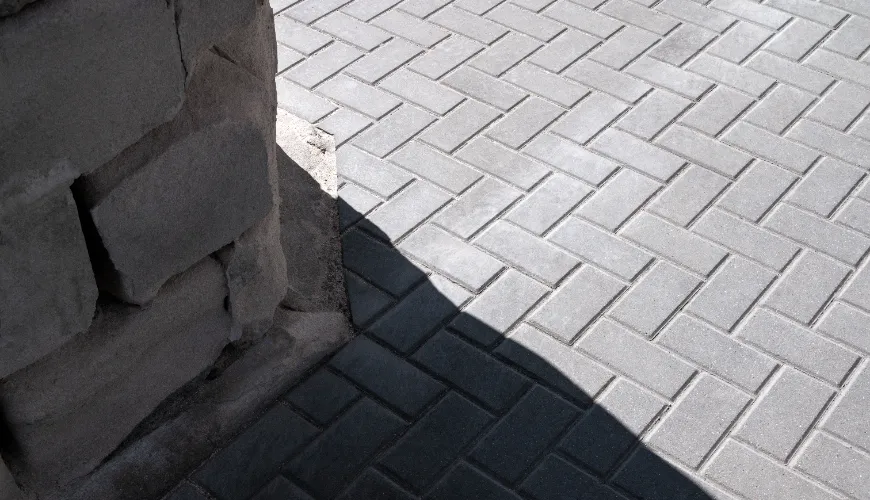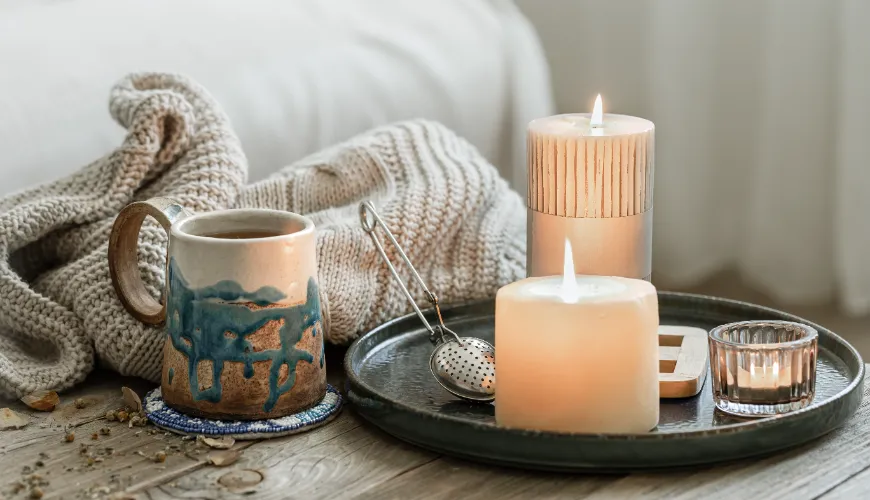
How to Preserve Lavender by Drying for the Whole Year
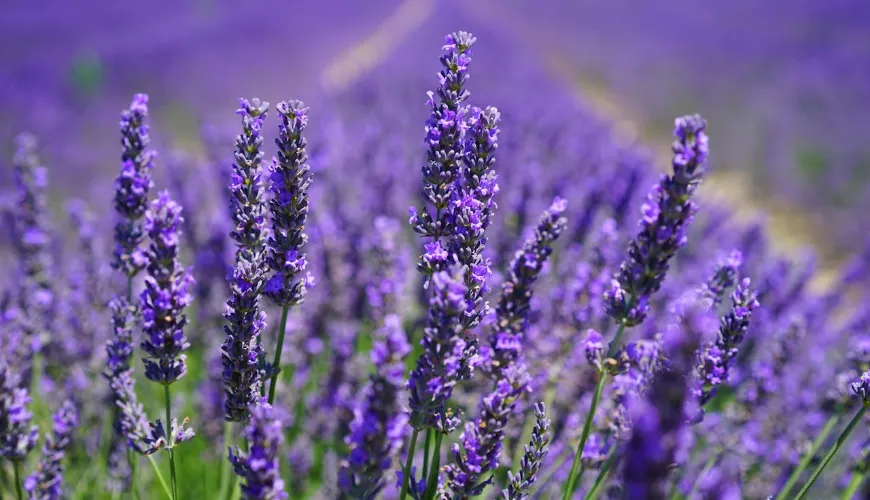
Lavender is one of the most popular herbs, not only because of its wonderful scent but also due to its wide range of uses. From aromatherapy to culinary arts to cosmetics – lavender finds its way into our homes in many different ways. But how can you preserve its fragrance and beneficial effects all year round? The answer is simple: proper drying. In this article, we'll look at how to dry lavender to retain its scent and efficacy.
Why Dry Lavender?
Before we dive into the drying process itself, it's important to understand why you should dry lavender in the first place. When you properly dry lavender, you can use it all year long. You can add it to teas, create scented sachets, or use it as a natural moth repellent. Dried lavender also has strong antiseptic and anti-inflammatory properties, making it a great ingredient for homemade cosmetics and healing ointments. Moreover, dried lavender can serve as a decoration in the home, adding not only aesthetic value but also a pleasant scent. Dried lavender is also often used in various craft projects, which allows you to create original and fragrant gifts for friends and family.
How and When to Harvest Lavender
The first step to successful drying is proper harvesting. It's best to harvest lavender when most of the blooms are open, but some are still closed. This ensures that the flowers have the maximum amount of essential oils. The ideal time for harvesting is in the morning, after the dew has dried but before the sun gets too hot. Cut the flowers with sharp scissors or a knife just above where the leaves begin. If you want to use lavender for decorative purposes, harvest it when the flowers are fully bloomed to ensure the most intense color and scent.
Try our natural products
Preparing for Drying
After harvesting, it's important to properly prepare the lavender for drying. Sort the collected flowers and remove any damaged or diseased parts. Then, create small bundles of lavender. Each bundle should contain about 10-15 stems to ensure even drying. Tie the bundles tightly with a rubber band or string, with rubber bands being a better option as they shrink during drying and hold the stems more securely. Make sure the bundles aren't too dense to allow sufficient air circulation. If you're drying a larger quantity of lavender, it's advisable to prepare more smaller bundles to ensure even drying of all flowers.
Methods of Drying Lavender
There are several ways to dry lavender, each with its own advantages and disadvantages. The most traditional method is air drying, which is often considered the best way to preserve the lavender's scent and color. Hang the lavender bundles flowers-down in a dry, dark place with good air circulation. It's crucial that the location isn't exposed to direct sunlight, which could cause the color to fade and scent to be lost. The drying process typically takes 2-4 weeks. For those needing faster results, oven drying is a suitable method. Preheat the oven to the lowest possible temperature (usually around 40-50 °C).
Spread the lavender on a baking sheet lined with parchment paper and place it in the oven. Keep the oven door slightly open to allow moisture to escape. Check and turn the lavender regularly to ensure even drying. The drying process shouldn't take more than 1-2 hours. Surprisingly, you can even dry lavender in the microwave. This method is the quickest but requires caution to avoid overheating and burning the flowers. Lay the lavender between two paper towels and place it in the microwave. Set the microwave to low power and dry in short 30-second intervals until the lavender is dry.
Lavender is properly dried when the flowers are brittle and easily break upon touch. The stems should be firm and dry to the touch. If the flowers are still flexible or moist, allow them to dry longer.
Try our natural products
Storing Dried Lavender
Proper storage is key to maintaining the scent and potency of dried lavender. Separate the dried flowers from the stems and store them in airtight containers in a dry, dark place. Glass jars are ideal as they protect the lavender from moisture and pests. To retain the lavender's scent for as long as possible, add a few grains of rice to the container to absorb excess moisture.
Using Dried Lavender
Once you've properly dried and stored the lavender, the possibilities for its use are nearly endless. Dried lavender is great for aromatherapy. You can add it to scented sachets and place them in wardrobes, drawers, or under pillows to enjoy its calming scent. Lavender is also often used in homemade cosmetics due to its antiseptic and anti-inflammatory properties. Add dried flowers to soaps, bath salts, or face masks for natural skincare.
Try our natural products
Dried lavender can also be used in the kitchen. Add it to pastries, desserts, or teas for a subtle floral flavor. However, be cautious as lavender has a strong scent, so use it sparingly to avoid overpowering other ingredients. Lavender is an effective natural repellent against moths and other insect pests. Place dried flowers in sachets and put them in closets and drawers to protect your clothing and linens.
Drying lavender is a great way to preserve this wonderful herb all year round. Whether you want to use it for aromatherapy, homemade cosmetics, culinary arts, or as a natural repellent, properly dried and stored lavender offers many benefits. So why not give it a try? Isn't it a great way to bring a piece of nature into your home?




